2007’s Uncharted was a really solid third-person shooter with a fun adventure narrative and a very strong cast of likable heroes and rogues. But 2009’s Uncharted 2:was the entry that really broke new ground for the action-adventure genre, introducing blockbuster set pieces that had never been captured so effectively in the gaming world before.
Each subsequent Uncharted then tried to top the entry that came before it, adding even more explosive action set pieces, more frantic firefights, more desperate escapes, and even better character work. But while the Uncharted franchise has no shortage of excellent qualities, there’s one classic feature of the adventure genre that it never quite nailed.
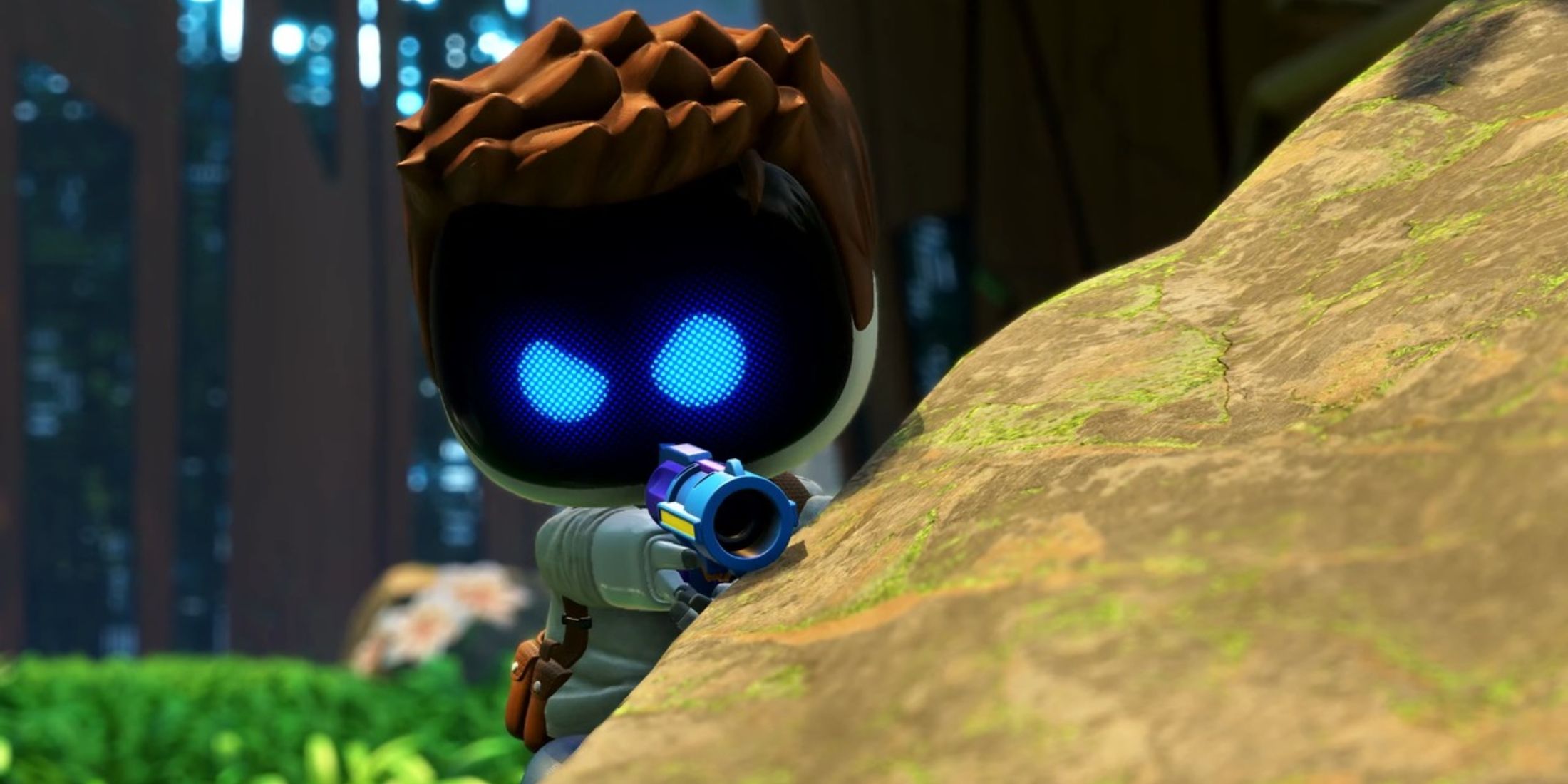
Related
Astro Bot Really Only Scratched the Surface With Its Best Feature
Astro Bot was home to some excellent platformer level design, but its best stages still have a lot of untapped potential just waiting for a sequel.
Uncharted Never Nailed One Adventure Genre Staple
A Great Adventure Story Needs a Compelling Villain
The adventure genre is vast, and it’s often difficult to define. But a great adventure story usually revolves around the hero’s need to beat the villain to the punch, whether it’s to a world-ending MacGuffin, a sought-after treasure, or some other plot device that could mean the hero’s downfall or glory. As such, the best adventure stories are often those with the most compelling villains.
The Indiana Jones franchise is the perfect example of this. Raiders of the Lost Ark sees the iconic professor/archaeologist/adventurer in a race to find the titular Ark of the Covenant. While the race itself is filled with thrilling hurdles and brain-teasing puzzles, it’s Raiders of the Lost Ark‘s charismatic antagonist Belloq and his Nazi benefactors that keep the stakes high, ensuring that Indy is always an underdog in the race.
The Uncharted Franchise Rarely Had a Stand-Out Villain
A good adventure genre villain needs to pose a significant threat, have a vested interest in the MacGuffin that the hero is after, and have a strong sense of identity. Unfortunately, the Uncharted franchise has never really had a stand-out villain that ticks all of those boxes.
Wearing its Raiders of the Lost Ark inspirations on its sleeve, the first Uncharted game’s Atoq Navarro bears some strong similarities with the character of Belloq, with the Uncharted foe being an archaeologist who has deep knowledge of the treasure the entire cast is seeking. Navarro suffers from a severe lack of depth due to him only being revealed as the primary villain right at the end of the game, making the final fight feel a little anticlimactic.
Uncharted 2‘s Zoran Lazarevic was a major step-up for the franchise. A genuinely evil villain, Lazaveric murders his way through Uncharted 2‘s story and poses a significant threat at every turn. But while Lazarevic is undeniably intimidating, he’s also a little one-note, with his morality being pretty black-and-white. Uncharted 3‘s Katherine Marlowe had a little more depth, being the manipulative and cunning leader behind a secret British organization. Marlowe’s personal history with Uncharted 3‘s heroes is also a major strength, but she’s often overshadowed by her more overstated right-hand man, Talbot.
Uncharted 4‘s Rafe and Nadine are a powerful duo with a fairly interesting dynamic, but when they’re separated they lose their spark. Rafe is an appropriately dislikable villain, but his motivations initially seem like the standard adventure villain affair. Though Rafe aggressively admits he’s trying to take Avery’s treasure to prove himself, that confession comes far too late in the game to give the villain the complexity he needed.

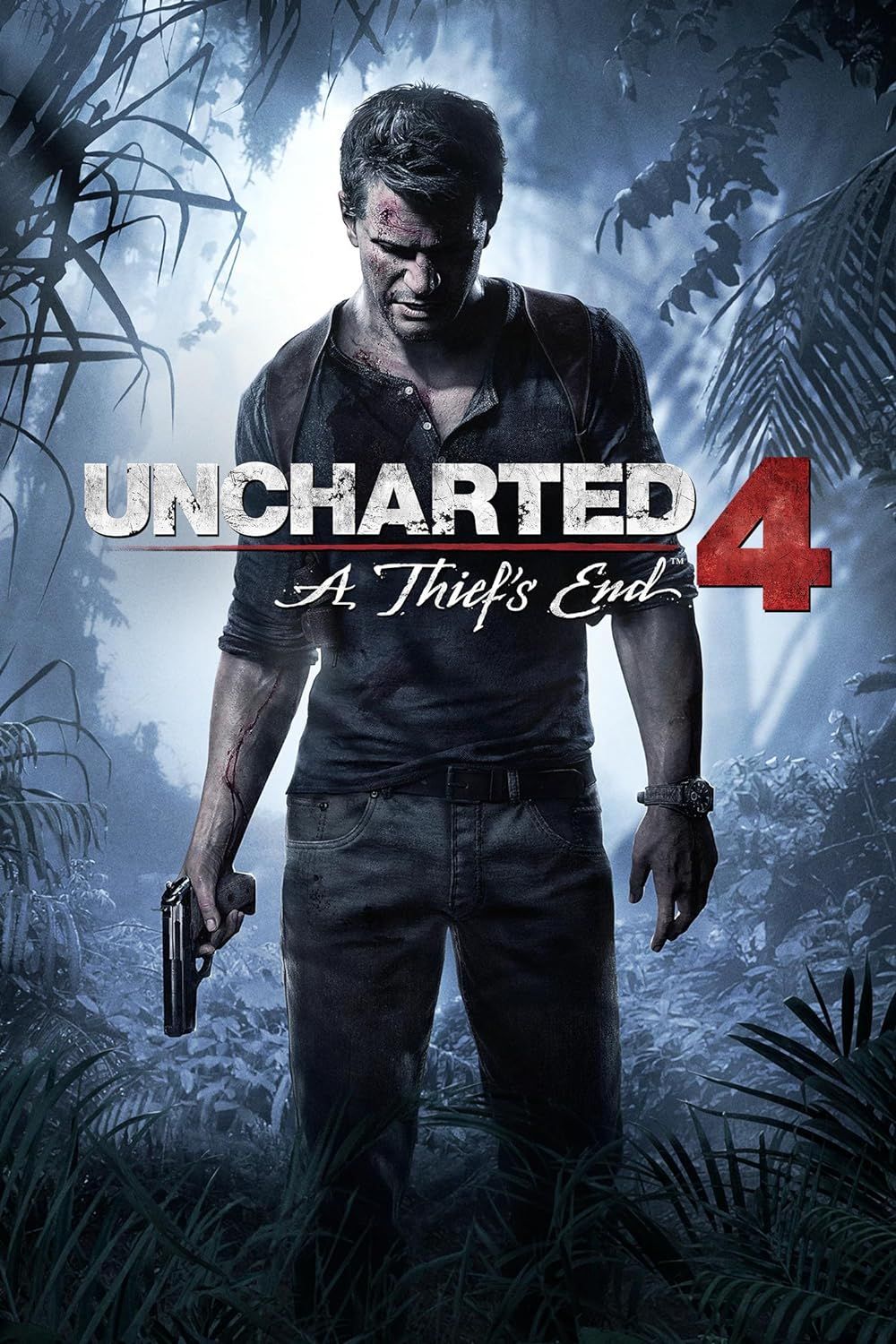


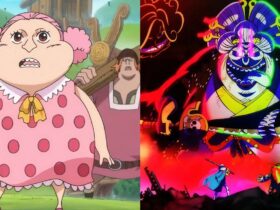
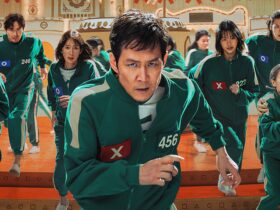
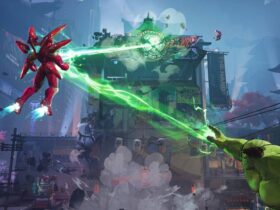
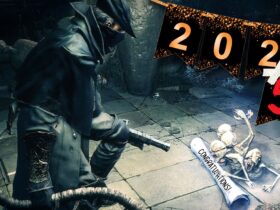
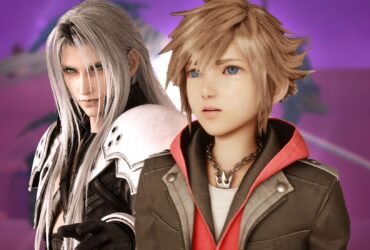
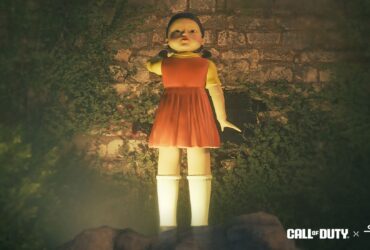
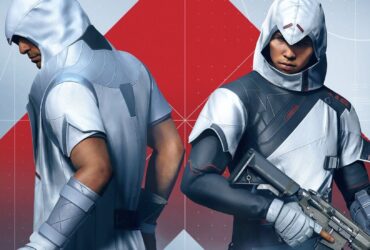
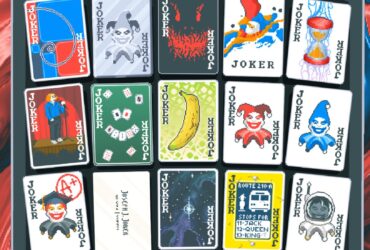
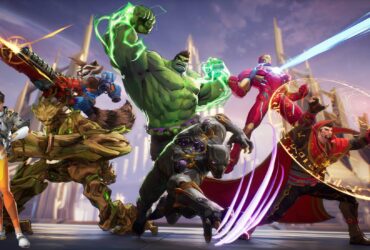

Leave a Reply